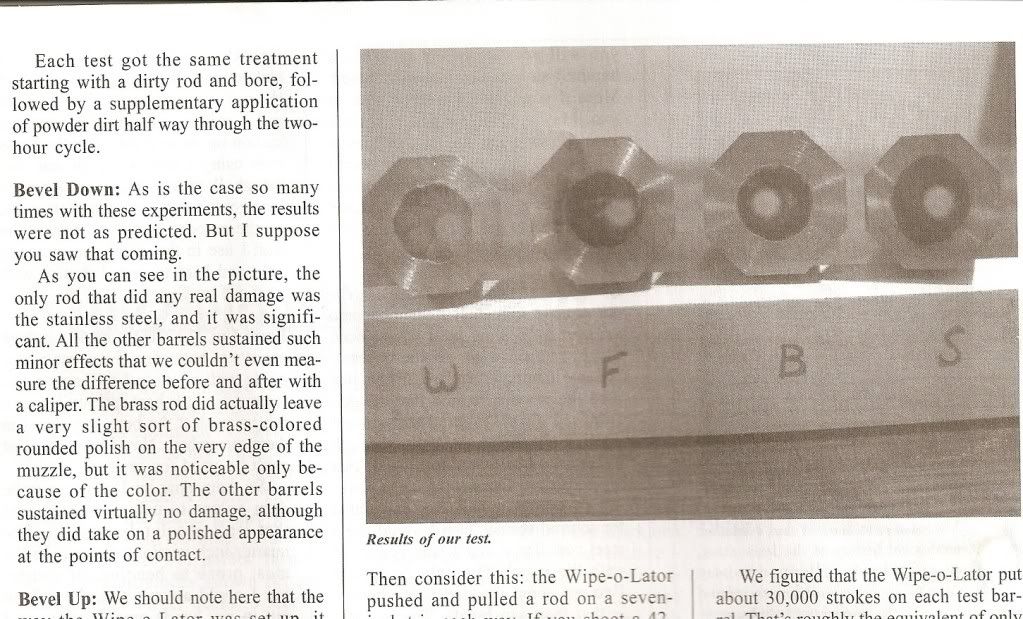I have a few old barrels that need to be un-breached to see if they are
useable. Flint and percussion, all old originals. Rifles, muskets, pistols
and shotguns. These are mostly just barrels only, no wood or parts.
Something I may build around if useable.
I don’t have a way to check the bore other then pull the plug. Right??
What kind of a setup do I need, how do I go about this? I am sure that
it is not going to be easy after 200+ years of rusting the breach plugs in place.
I am open to most any ideas.
Thanks, your ideas are always appreciated.
Tinker2
useable. Flint and percussion, all old originals. Rifles, muskets, pistols
and shotguns. These are mostly just barrels only, no wood or parts.
Something I may build around if useable.
I don’t have a way to check the bore other then pull the plug. Right??
What kind of a setup do I need, how do I go about this? I am sure that
it is not going to be easy after 200+ years of rusting the breach plugs in place.
I am open to most any ideas.
Thanks, your ideas are always appreciated.
Tinker2






